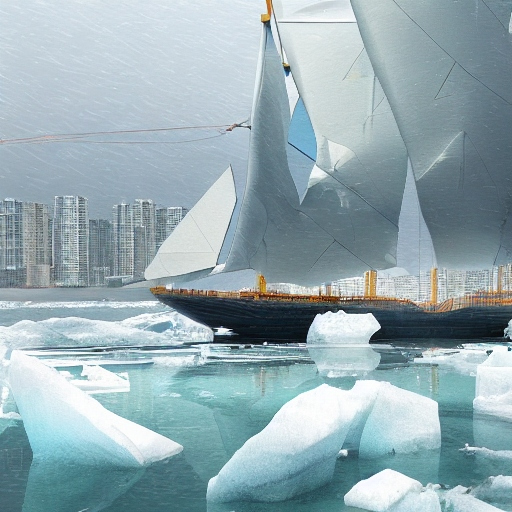The February issue of Muse magazine focuses on AI. And I have three stories featured in the issue. The first delves into how chatbots are transforming classrooms — will they help or hinder learning? I first wrote about this in early 2023 for Science News Explores: Think twice before using ChatGPT for help with homework.
The Muse article is a brand new take, including a few of the same sources but also many new ones. I did more interviews with high school students this time and learned about how they are using generative AI productively and openly — mainly to help with studying.
Family and friends who picked up the magazine were most excited about my “Bot or not?” activity, which challenges readers to find the human-made art among examples of AI-generated images. My dad texted me about how much fun he had with it.



I had hoped to include more well-known images by human artists (a Frida Kahlo self-protrait, a Paul Klee abstract piece, etc.) but sadly it costs too much for the rights to reproduce those. So there are no helpful hints for art history buffs… but it does help to count fingers and look for wonky text (both hallmarks of AI-generated images). Still, the bots are getting better all the time, and it definitely isn’t easy to tell.
Finally, there’s a column at the end of the issue about whether robots will ever take over the world. This is actually a lightly edited reprint — I wrote this back in 2018, long before ChatGPT. Thankfully, everything I wrote then still applies now. We don’t have to worry (yet…) about a bot rebellion.
Did you find the human art? Spoiler alert below!
It’s image C, a painting in the public domain. John Ward of Hull, The Northern Whale Fishery: The “Swan” and “Isabella”, c. 1840

